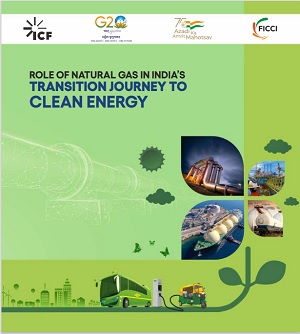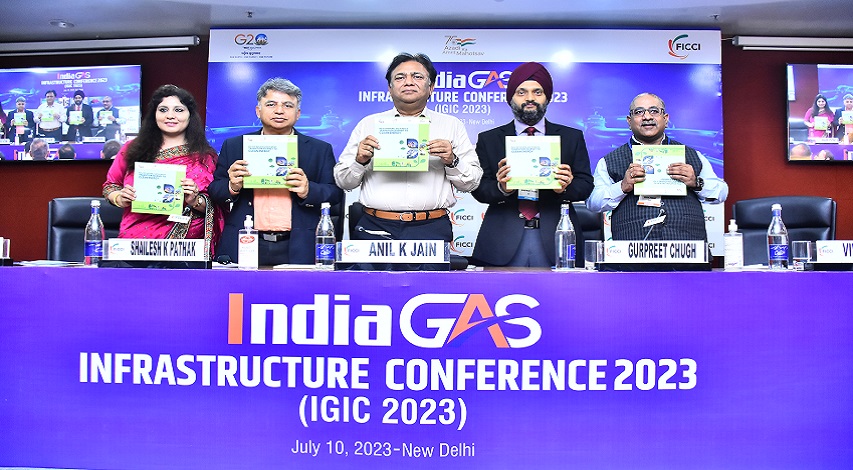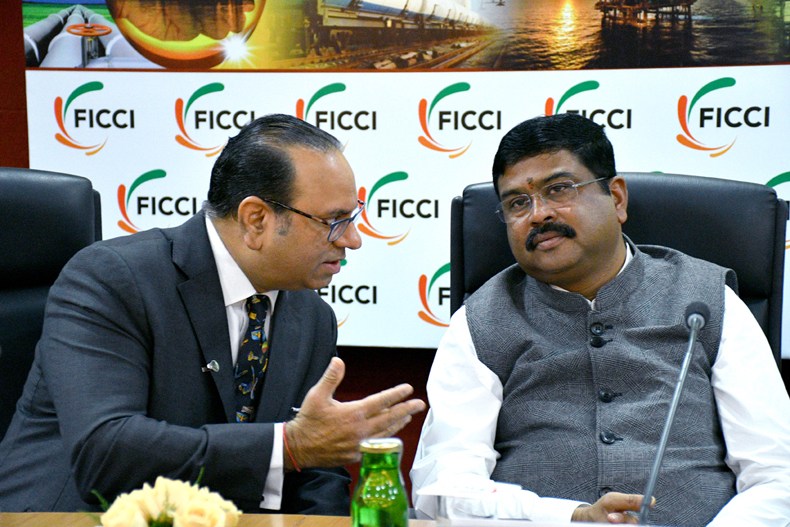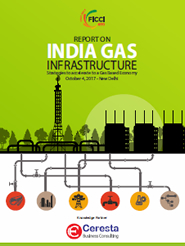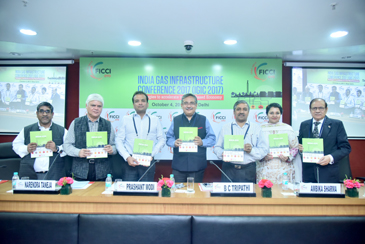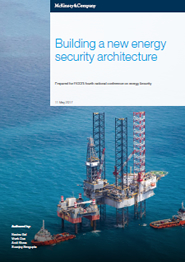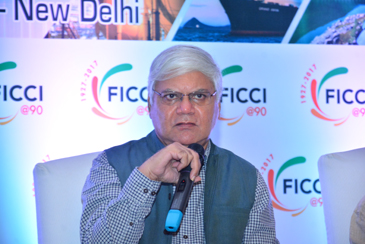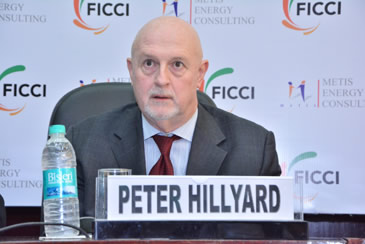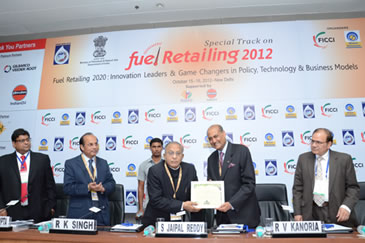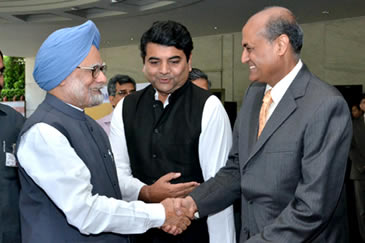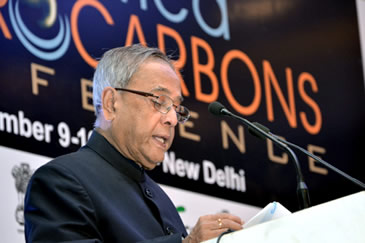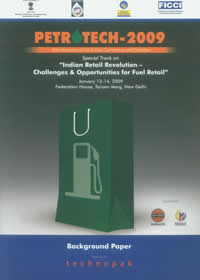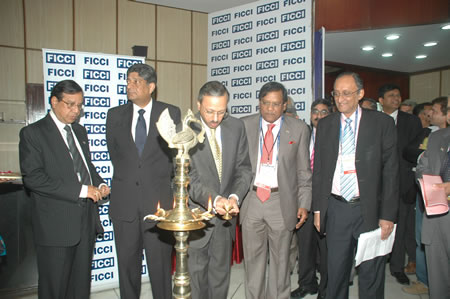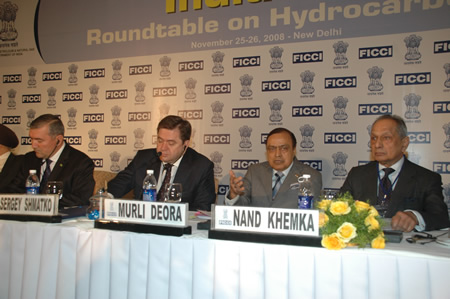Ace Energy Infra completes vital link in Barauni-Guwahati Natural Gas Pipeline
Don’t miss out on ET Prime stories! Get your daily dose of business updates on WhatsApp. click here!The Nifty 50 companies are expected to report robust year-on-year, double-digit earnings growth for the June quarter, helped by the stellar performance of select firms from sectors such as automobiles, banking and finance, and oil and gas.Stock exchange-listed consumer-facing companies said the sequential moderation of inflation in the June quarter lifted consumer spending and demand though unseasonal rains in north India dented demand for summer products.Mahindra & Mahindra, India’s biggest sports utility vehicle maker by revenue, is in advanced talks with British International Investment (BII) and some other global investors to raise up to ₹5,000 crore ($605 million) for its electric vehicles (EV) unit, multiple people aware of development told ET.Download The Economic Times News App to get Daily Market Updates & Live Business News.Trending NowHot on WebIn Case you missed itTop CalculatorsTop Searched CompaniesTop Prime ArticlesTop VideosTop CommoditiesTop DefinitionsPrivate CompaniesTop Story ListingTop SlideshowFollow us on:Find this comment offensive?Choose your reason below and click on the Report button. This will alert our moderators to take actionReason for reporting:Your Reason has been Reported to the admin.Log In/Connect with:Will be displayedWill not be displayedWill be displayedWorry not. You’re just a step away.Read this story for free.Unlock your 30 days free access to ETPrime now.Login to unlock*No card details required.To read full story, subscribe to ET Prime₹34 per week Billed annually at ₹2499 ₹1749Super Saver Sale - Flat 30% OffOn ET Prime Membership---Subscribe Now(Credit card mandatory)You can cancel your subscription anytime---Subscribe Now(Pay Using Netbanking/UPI/Debit Card)₹399/monthMonthly PLAN Billed Amount ₹399No Trial Period₹208/month(Save 49%)Yearly PLAN Billed Amount ₹2,49915 Days Trial +Includes DocuBay and TimesPrime Membership.₹150/month(Save 63%)2-Year PLAN Billed Amount ₹3,59915 Days Trial +Includes DocuBay and TimesPrime Membership.Quarterly$13.997 Days TrialYearly(Save 40.0%)$33.9915 Days TrialGet ET Prime for just ₹2499 ₹1749/yrOffer Exclusively For YouGet Flat 30% OffON ET PRIME MEMBERSHIPOffer Exclusively For YouGet 1 Year FreeWith 1 and 2-Year ET prime membershipOffer Exclusively For YouGet 1 Year FreeWith 1 and 2-Year ET prime membershipOffer Exclusively For YouGet Flat 40% OffThen ₹ 1749 for 1 yearOffer Exclusively For YouET Prime at ₹ 49 for 1 monthThen ₹ 1749 for 1 yearETPrime Prices Rising SoonGet 1 Year Free + ₹1500 OffAccess the exclusive Economic Times stories, Editorial and Expert opinionOffer Exclusively For YouGet Flat 30% OffON ET PRIME MEMBERSHIPOffer Exclusively For YouGet 1 Year FreeWith 1 and 2-Year ET prime membershipOffer Exclusively For YouGet 1 Year FreeWith 1 and 2-Year ET prime membershipOffer Exclusively For YouGet Flat 40% OffThen ₹ 1749 for 1 yearOffer Exclusively For YouET Prime at ₹ 49 for 1 monthThen ₹ 1749 for 1 yearETPrime Prices Rising SoonGet 1 Year Free + ₹1500 Off90 Days Prime access worth Rs999 unlocked for youExclusive Economic Times Stories, Editorials & Expert opinion across 20+ sectorsStock analysis. Market Research. Industry Trends on 4000+ StocksGet 1 Year Complimentary Subscription of TOI+ worth Rs.799/-Stories you might be interested in


